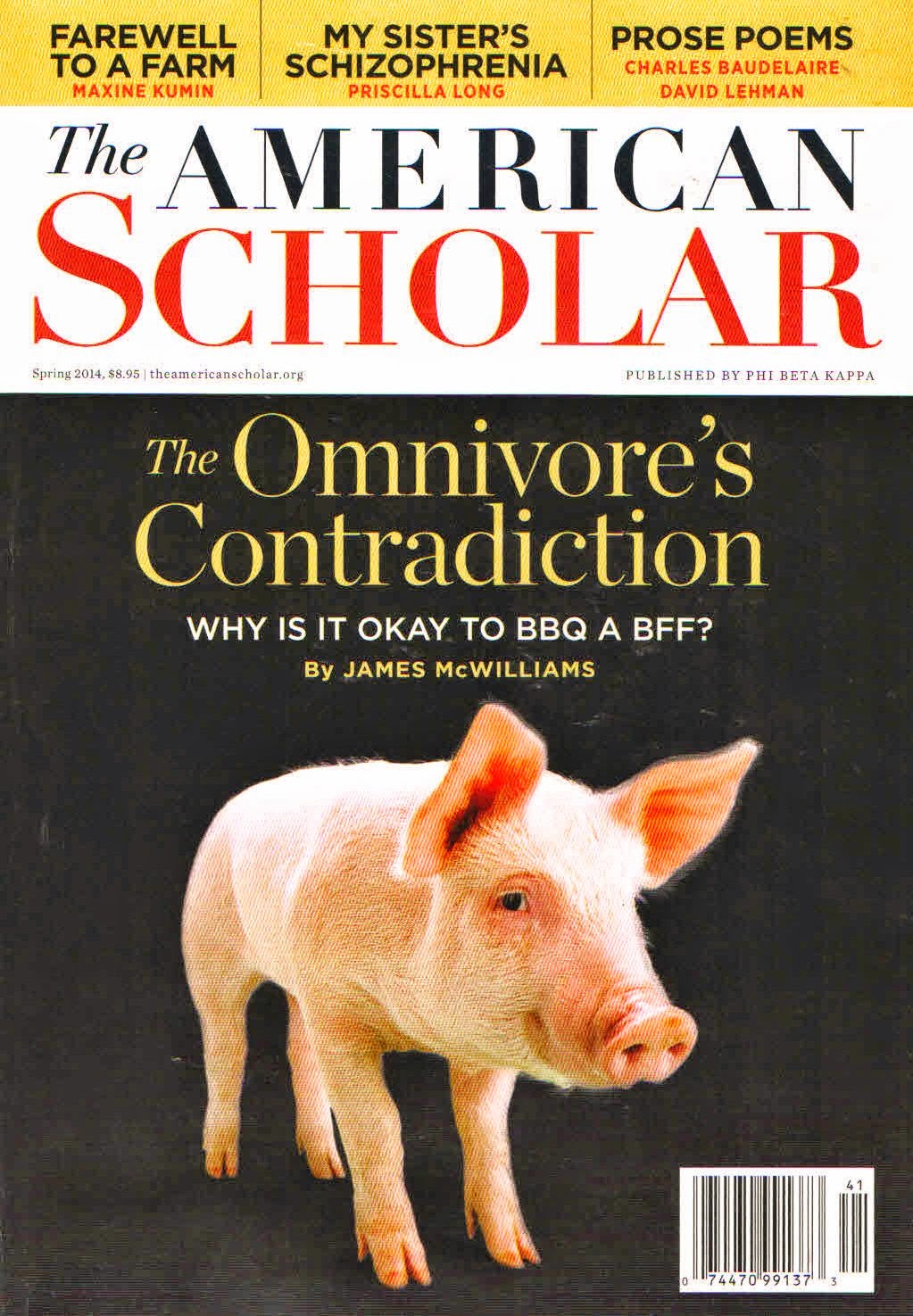Summer Reading--Esperanza Rising

Fifth or sixth grade teachers looking for a good book for students in their classes to read over the summer should pick up a copy of Esperanza Rising (Scholastic, 2002) by Pam Munoz Ryan. The book follows the adventures of the main character, a twelve year old Mexican girl who must flee to the United States after her wealthy ranchero father is murdered by vaqueros while out mending fences on his property. It is a tragedy with far-ranging consequences. It is also a powerful story that is perfect for students in intermediate grades because the author focuses on character development and poetic language. Ryan creates a realistic world and does not shy away from the dangers and difficulties faced by migrant workers in the central valley of California. Esperanza’s father is a wise and important presence in her life who first teaches her to love the land. He tells her the earth breathes and is alive, like a person. On a grassy hill, they lay down on their stomachs to feel the

